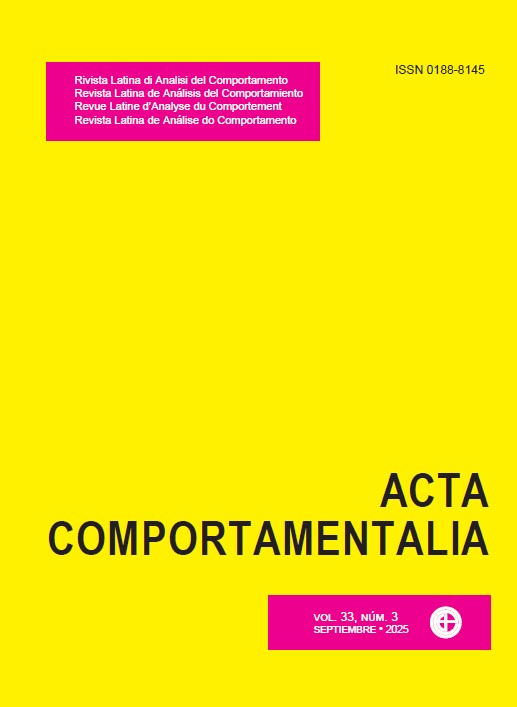Teaching Reading to a boy with Autism Using Table Games
DOI:
https://doi.org/10.32870/ac.v33i3.88682Keywords:
special education, Autism Spectrum Disorder, games, reading, stimulus equivalenceAbstract
Proficiency in reading is an important factor in academic success, as it allows students to comprehend the material and obtain information. Students with Autism Spectrum Disorder (ASD) may have difficulties in reading and a difference between the behavior of reading orally (textual operant) and reading with comprehension (associating words and pictures). Board games are a pastime that can be suitable for engaging individuals with ASD, as it requires attention, and the transfer of skills already acquired and has been used in previous studies for teaching reading to children with typical development and children with ASD. In order to expand on previous findings, the aim of the present study was to verify the effect of the use of board games on the emergence of reading performance in a child with ASD. The procedure used was based on identity matching-to-sample between pictures and words and arbitrary matching-to-sample between pictures and words in the four table games and the use of differential consequences and prompt fading. The participant was a six-year-old boy with ASD Level 1 diagnosis. The design consisted of a reading pre-test, application of the games in a teaching situation, with three stages in each game, and a post-test and follow-up of reading. The results indicated the reaching of the learning criterion in all games and the emergence of reading the twelve words used in the study, maintained in the follow-up. The results suggest that board games can be used as a teaching tool and represent a low-cost strategy that is generally known by parents and teachers. Even in a less formal structure of the games, it was possible to use several principles of behavior analysis, such as the use of social reinforcers, fading, and discrete trial teaching. It is suggested that the study be replicated with more participants and with a more robust experimental design, such as multiple probes of reading after reaching the criterion in each game.
Downloads
Downloads
Published
How to Cite
Issue
Section
License

<a rel="license" href="http://creativecommons.org/licenses/by-nc-sa/4.0/"><img alt="Licencia de Creative Commons" style="border-width:0" src="https://i.creativecommons.org/l/by-nc-sa/4.0/88x31.png" /></a><br />Este obra está bajo una <a rel="license" href="http://creativecommons.org/licenses/by-nc-sa/4.0/">licencia de Creative Commons Reconocimiento-NoComercial-CompartirIgual 4.0 Internacional</a>.






